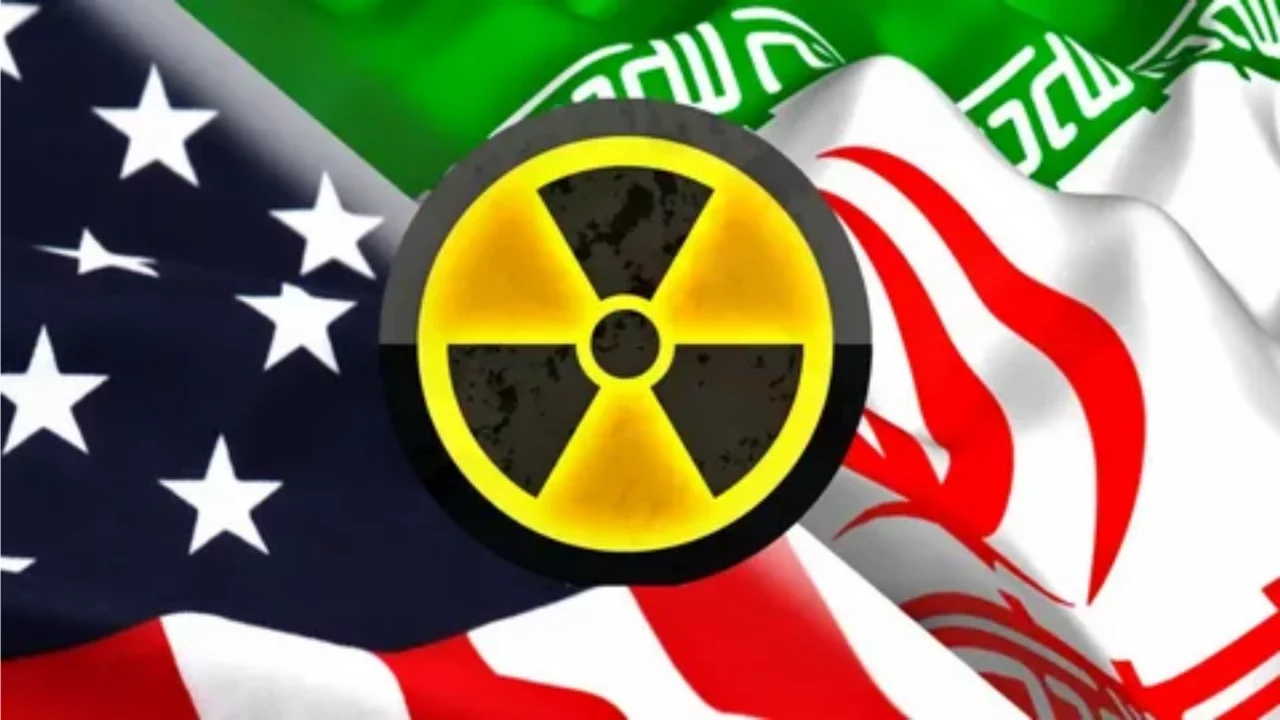
According to the initial assessment of U.S. defense intelligence, although the airstrikes ordered by President Donald Trump caused significant damage to Iran’s nuclear facilities, the program was not entirely eliminated. Sources familiar with classified Pentagon evaluation documents reported this.
The strikes targeted Iran’s nuclear sites in Fordow, Natanz, and Isfahan. Deep-penetrating bombs were used, but U.S. intelligence believes these operations only delayed Iran’s nuclear program by a few months.
Key components remain intact
According to the report, Iran managed to relocate part of its uranium stockpile to safe locations before the attacks, which remained untouched. Some of the centrifuges used for uranium enrichment were also not completely destroyed.
This contradicts statements by U.S. officials and President Trump, who claimed, “Iran’s nuclear program has been completely eliminated.” On Monday, Trump wrote on social media: “The targets we hit were totally destroyed — everyone knows it.”
Conflicting statements
White House Press Secretary Karoline Leavitt rejected the intelligence findings, calling them “false leaks from a low-level intelligence officer.” She defended the U.S. pilots’ “perfectly executed mission.”
However, international nuclear non-proliferation experts have long said that it is nearly impossible to eliminate Iran’s years-long nuclear infrastructure through airstrikes alone.
Military success – strategic uncertainty
After a 12-day war between Iran and Israel, a ceasefire brokered by Trump and Qatari leaders remains in place. In retaliation, Iran launched a missile strike on a U.S. military base in Qatar, which resulted in no casualties.
U.S. Democratic Senator Mark Kelly said he reviewed the intelligence report and found no evidence supporting Trump’s claim that the nuclear program had been destroyed.
“Damage assessments of underground facilities are always difficult,” the senator said. “It may appear destroyed from the outside, but more intelligence is needed to determine the real impact.”
According to the International Atomic Energy Agency (IAEA), Iran currently holds more than 400 kilograms of uranium enriched to 60% — close to weapons-grade. The fate of this stockpile remains a serious concern for Western nations and the IAEA.
Iran has also announced the construction of a new, even deeper underground nuclear facility, which was not targeted.
This situation shows that military strikes may yield short-term gains, but dismantling nuclear programs requires long-term political and diplomatic strategies. The U.S. and Israeli strikes have slowed Iran’s progress, but not eliminated its capabilities. Read “Zamin” on Telegram!
Ctrl
Enter
Found a mistake?
Select the phrase and press Ctrl+Enter Related news
Information
Users of Меҳмон are not allowed to comment this publication.
Users of Меҳмон are not allowed to comment this publication.













